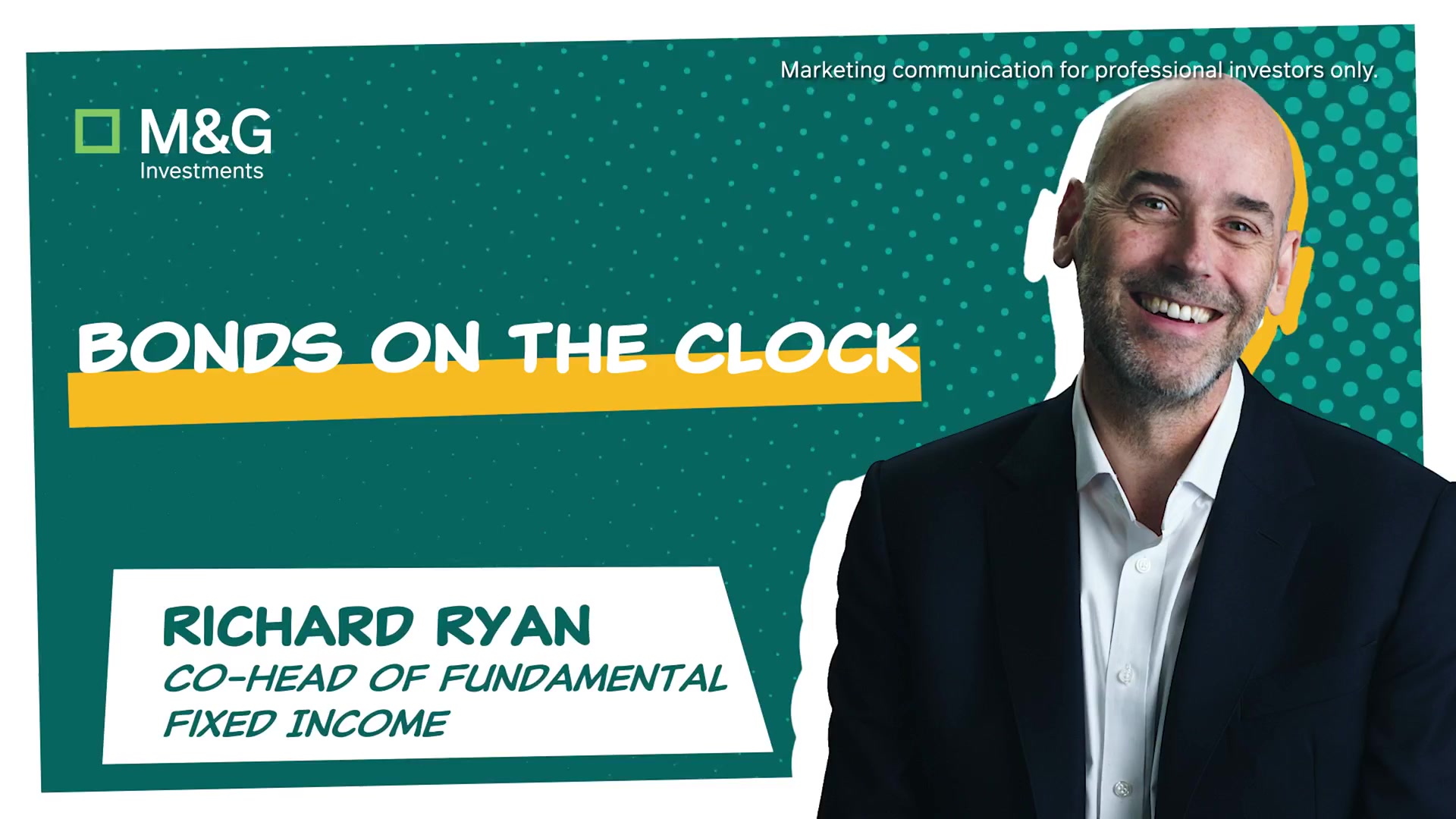As share prices have pushed ever higher, many investors have been looking at how they might continue to participate, while still having some protection should the boom turn to bust.
In the US, this sentiment has led to the formation of an estimated $76bn (£57.65bn) market in so-called ‘buffer’ ETFs. These instruments offer protection against the first round of losses in a stockmarket correction, in exchange for capping the upside that can be achieved each year.
While buffer ETFs may have captured investors’ attention in recent years, they represent only one route to achieve a degree of downside protection in equity markets. A more established alternative lies in defensive autocalls – typically accessed in the UK through structured products or defined return funds – which offer a distinct yet equally compelling approach to balancing risk and return.
When seeking defined returns, fund buyers have increasingly preferred to use daily-priced UCITS funds over bank-issued structured products, gaining daily liquidity and institutional pricing on the underlying investments, while avoiding taking credit risk to achieve their goal.
By allocating a portion of a portfolio to investments with defined return characteristics, investors can improve the likelihood of achieving a satisfactory overall outcome. This approach involves forgoing the chance of unusually large gains on that portion in exchange for more predictable returns. Over the long term, this can enhance portfolio stability, reduce investor anxiety and increase the probability of meeting investment objectives.
“By allocating a portion of a portfolio to investments with defined return characteristics, investors can improve the likelihood of achieving a satisfactory overall outcome.
Understanding the options
When considering defined outcome investments, investors must understand the differences between buffer ETFs and the more established defensive autocalls.
* Buffer ETFs: These typically aim to provide equity index exposure – often the S&P 500 – over a fixed period (usually a year). They offer capped participation to the index should it rise over the period, with a downside ‘buffer’ should the index fall. They typically offer a potential return over a year of up to 15%.
Critically, though, the investor only earns as much of this as the underlying stockmarket index produces – and the return goal is reset every year. Typically, buffer ETFs offer protection against the first 10% to 15% of a stockmarket fall. After this point the investor bears the losses on a 1% for 1% basis.
* Defensive autocalls: These also offer protection against a falling market in exchange for a capped upside – but in a different manner. Each investment in a fund offering exposure to defensive autocalls, such as defined returns funds, typically has a fixed five or six-year life.
They each offer a fixed nominal return for each year they are owned and can mature early, returning investors the defined return they have earned up to that point. This happens if the underlying stockmarket reaches a specific level.
This means they generally offer less upside than buffer ETFs – around 8% to 9% – a year, but are also more protective, with investors not suffering losses unless the stockmarket falls by more than 30% to 40% and fails to recover over the lifetime of an investment. Importantly, the gains an investor makes apply even if the stockmarket falls somewhat, meaning the market does not need to make the 8% to 9% gain for a positive return to be generated.
Choosing the right solution
Buffer ETFs can be highly effective in an environment where the stockmarket suffers a modest correction and then recovers. Here, investors are able to gain some protection without giving up very much upside – after all, a capped return of 15% still means an investor can earn 50% more than the average long-run return of the US stockmarket.
They do have significant limitations, though. In the event of a real stockmarket crash, this first protective element will have some benefit – however, each year the buffer ETF essentially resets with a fixed upside of around 15%.
This means an investor is exposed to locking in a loss at the end of each year, and could therefore cap their returns for the following year from a depressed index level. Consequently, it could take quite some time for the buffer ETF to recover to its pre-market-fall level.
Ultimately, the right choice depends on an investor’s individual objectives and time horizon - and different strategies serve different purposes.”
In contrast, a defined return fund offers more limited upside. On the other hand, because they protect investors against far larger losses over the long term – due to their greater protection, longer life and multiple instruments all maturing at different times – it is far more likely that, even in the event of a market crash, investors will recoup their money and some gains in this type of investment. That is, unless the crash is not followed by some level of recovery over the following multi-year period.
Ultimately, the right choice depends on an investor’s individual objectives and time horizon. Different strategies serve different purposes: some are designed to help protect against significant market downturns that may take years to recover from, while others aim to smooth out the normal, short-term fluctuations that occur in markets. Understanding the role each approach plays can help investors make more informed decisions and maintain confidence through varying market conditions.
Tom May is CEO and CIO at Atlantic House, an asset manager specialising in risk-managed derivative solutions










